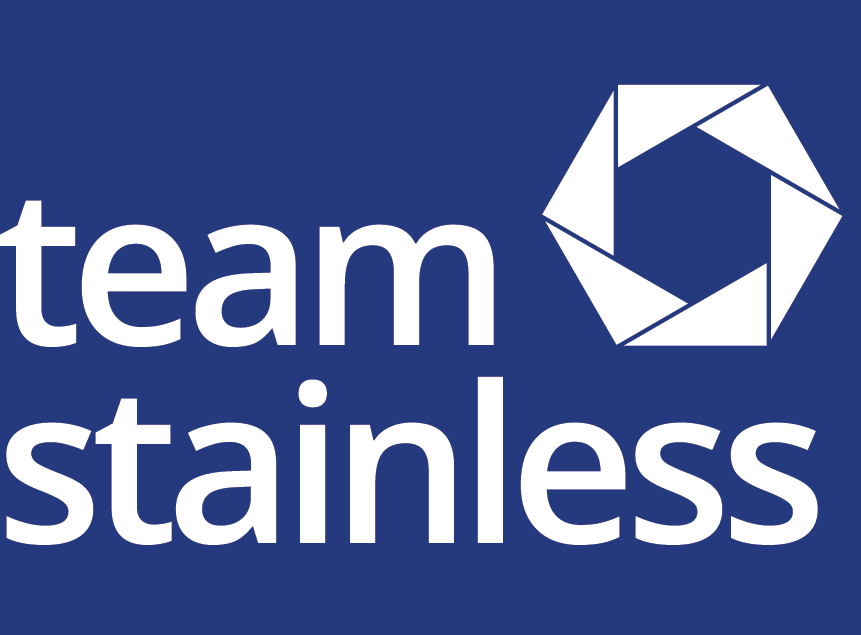Cleaning methods for stainless steel
This resource tabulates information about the cleaning of stainless steel. The table firstly describes the cleaning requirement, ranging from light soiling to heavily neglected surfaces with grime deposits and paint stains. The cleaning method is then explained for each case, detailing the use of detergents, chemical liquids, pastes, abrasive brushes etc.
Provider: British Stainless Steel Association
See this resource

